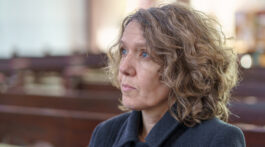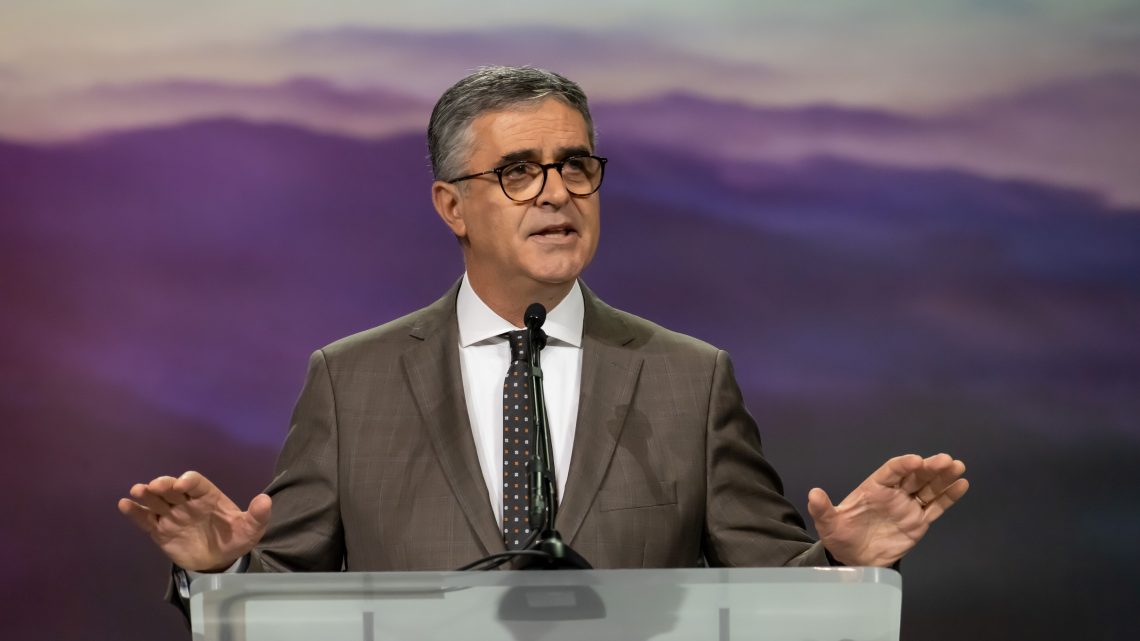Global Strategy and The Adventist Promise
The General Conference’s global strategy for 2020-2025 is called I Will Go. According to their website, “the Reach the World: I Will Go strategic plan is a rallying cry to Total Member Involvement.”
The official Seventh-day Adventist website adventist.org, which was completely redesigned during the past quinquennium to be outward-facing toward the general population, now includes a brand promise of “We can help you understand the Bible to find freedom, healing and hope.” Resources featured on the page are a free Bible study catalog and the offer of signing up for free Bible studies with only one’s name and email address.
How is church strategy formed?
As this week of GC Session 2022 progresses, it can clearly be seen how the Adventist Church is run by committees and boards–beginning at the local congregation and weaving through all the other church segments. The most important decisions are always made by groups. Every church board uses the Church Manual and the division’s Policy Book, which is one way votes taken during the GC session could impact local churches. Another way is through votes regarding the percentage of tithe that goes “over” through the funding process and comes “back” to the conferences—not “up and down” because the Adventist Church is not organized as a hierarchy.
“Committees and constituency sessions allow for a certain amount of accountability and democracy that a top-down system wouldn’t,” said Kaleb Eisele, co-producer of a podcast called How the Church Works. “When our system works as it was designed, decisions around church policy are made collectively by the people we choose to represent us.”
In an OUTLOOK article, dated August 2005, author Jerry D. Thomas stated: “It is not our blending together that is so remarkable. What is remarkable is that our blending does not erase our differences. Those who think the Adventist Church is cult-like, that its members are somehow brainwashed into all thinking alike, have not been to a church business session like this one. There are serious differences within our church, and there is little hesitation to voice those concerns. During the business sessions, delegates found themselves in disagreement over policies, over statements, over individual words. While more of the work of the nominating committee was quickly ratified and approved, the process itself raises serious questions. It is clear that the Adventist Church does not function the same way in every church around the world, and painfully obvious that all Adventists don’t think alike…The evidence that this church is led by God is that, in spite of our differences, we can come together and agree on elected leaders, statements of belief, and policy changes. We can argue, we can disagree—then we can worship together and move on with our mission.”
Secretariat’s report: Introducing Erton Köhler
Elected this week with strong support from the delegates, Erton C. Köhler was first appointed as GC secretary by the GC Executive Committee in April of 2021 and has been fulfilling the duties of his office remotely from Brazil.
According to gc.adventist.org, Köhler was born in southern Brazil and grew up with a desire to follow in the footsteps of his father, who was an Adventist pastor. After serving in a number of various roles, Köhler became the South American Division president in 2007.
Köhler completed a bachelor’s degree in theology at the Adventist Teaching Institute (now Brazilian Adventist University) in 1989 and graduated from the same school in 2008 with a master’s degree in pastoral theology. Currently, he is pursuing a Doctor of Ministry degree from Andrews University.
Membership Numbers and Retention issues explored
Köhler reported that Adventist church membership crossed the 20-million-member mark at the end of 2016. With the pandemic, growth slowed, but did not stop. “Despite the lockdowns, 803,430 people took a stand for Jesus in 2020. In 2021 the number of total accessions reached more than 1 million baptisms once again,” Köhler said.
Data presented during the report shows that during the past seven years 8,547,426 people have joined Adventism through baptism or profession of faith. However, the membership losses that Köhler pointed to in his report are startling.
“Membership losses are unfortunately a significant factor in dampening our statistical growth. We conduct regular audits to obtain a more accurate picture of our numerical strength. Sadly, these reveal that for every 100 new converts, we have lost an average of 53 of them during the past seven years. It shows that we need to invest more resources in retention and discipleship,” he concluded.










